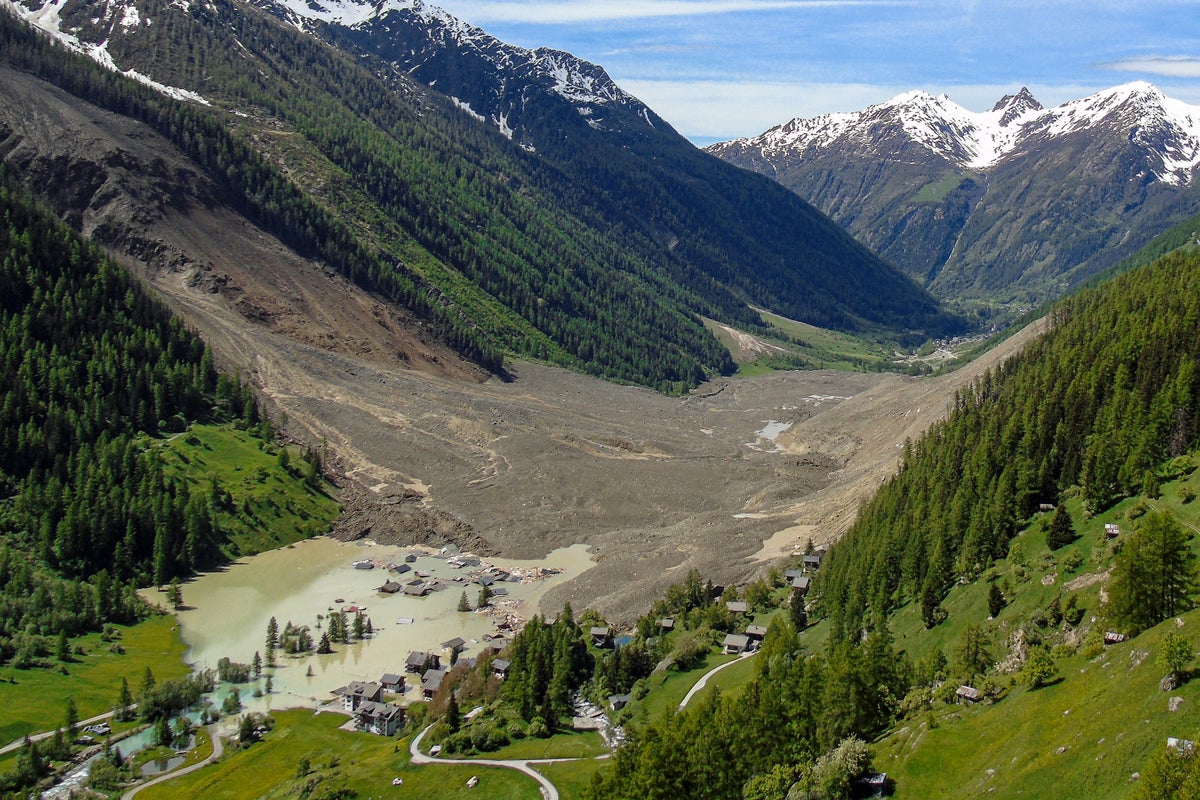
"The glacier's collapse and the subsequent landslide—which was so intense that it corresponded to a magnitude 3.1 earthquake—likely arose from a series of rockfalls that occurred above the glacier."
"Christophe Lambiel explained that the hilltop rocks dislodged through high-altitude snowmelt are exerting considerable pressure on the relatively small glacier, leading to instability and subsequent collapse."
This week, the Birch Glacier in the Swiss Alps unexpectedly collapsed, burying the village of Blatten and blocking the Lonza River. Despite prior warnings and evacuations, the event surprised residents. The debris layer has been estimated to be several dozen meters thick, creating an upstream lake that threatens to overflow into the deposit zone. Experts believe climate change-related rockfalls increased glacier instability, leading to this disaster, which was equivalent to a magnitude 3.1 earthquake. Research continues into long-term factors affecting glacier stability.
Read at www.scientificamerican.com
Unable to calculate read time
Collection
[
|
...
]